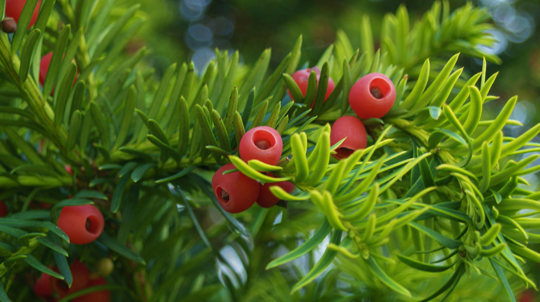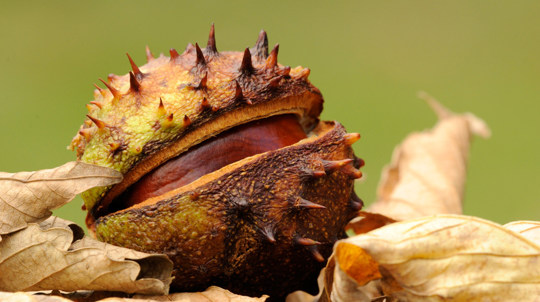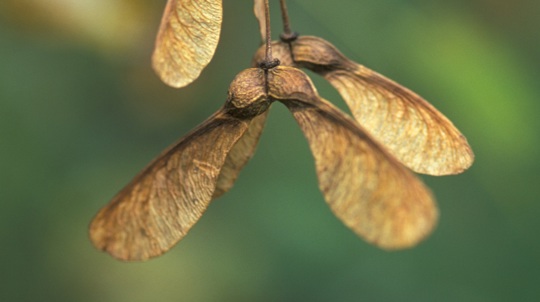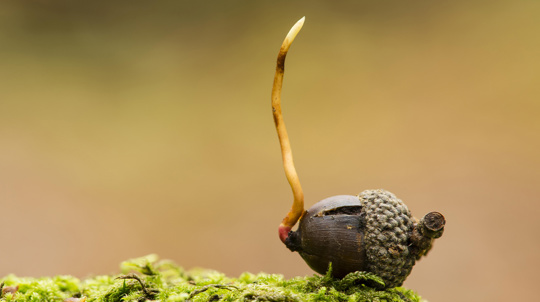Other nicknames for these winged seeds include spinning jenny, whirligig, whirlybird and wing-nut. In the botanical world they are known as samaras.
Helicopter seeds: which trees do they come from?

Content manager
In the UK, four different trees produce ‘helicopter seeds’: field maple, ash, sycamore, and Norway maple. The term was coined based on the way the seeds spiral through the air as they fall from the tree. Discover where and when to find them and how to tell them apart.
Which trees do they come from?
Sycamore
Seed appearance: symmetrical V-shaped wings with rounded ends that narrow towards the seeds. Seeds are 5-10mm in diameter and wings are 20-40mm long. They are a narrower V shape than field maple and Norway maple seeds.
Where to find: sycamore is a broadleaved tree now widespread in woods after it was introduced to the UK in the 17th century.
When to find: seeds usually turn brown and fall from the tree in autumn.
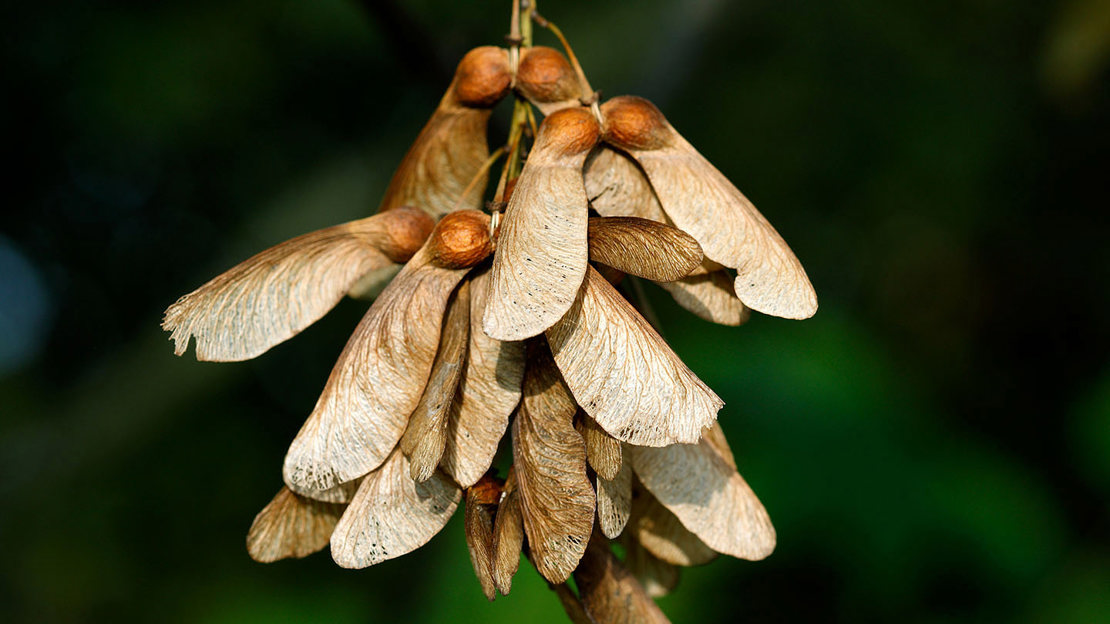
Ash
Seed appearance: one ‘wing’ which is 5-8mm wide and 25-45mm long. They hang together in bunches and are also known as keys.
Where to find: ash is native to the UK and a dominant species in the landscape – spot it in woods, streets and hedgerows. It’s the UK's third most common tree, but that may change as the deadly ash dieback disease threatens its future.
When to find: ash seeds turn brown in autumn and fall from the tree in winter and early spring.
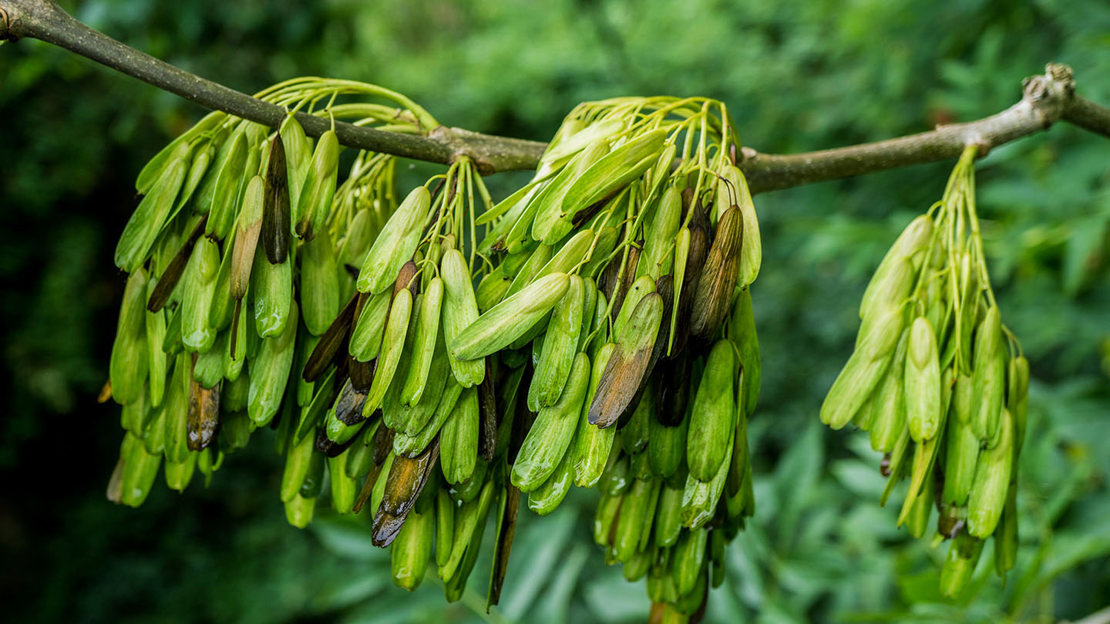
Field maple
Seed appearance: seeds grow in pairs on an almost horizontal line. They are green and can have a hint of pink. They tend to be shorter than ash and sycamore, at around 20mm long.
Where to find: field maple is a native tree often found in woods, gardens and hedgerows on farms.
When to find: look for field maple seeds on the ground in autumn.
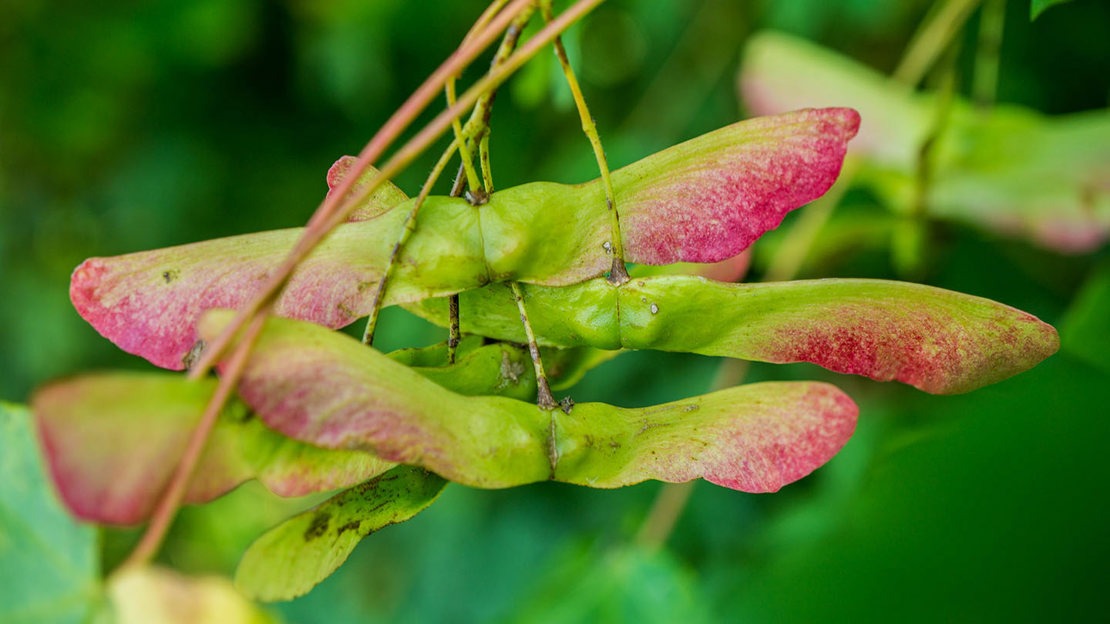
Norway maple
Seed appearance: Norway maple seeds grow in pairs on a wider angle than sycamore, but narrower than field maple. They are bigger than other helicopter seeds at approximately 10–15mm wide with 30–50mm long wings.
Where to find: this non-native tree is often found as a street tree and in parks and gardens.
When to find: Norway maple seeds fall in autumn.
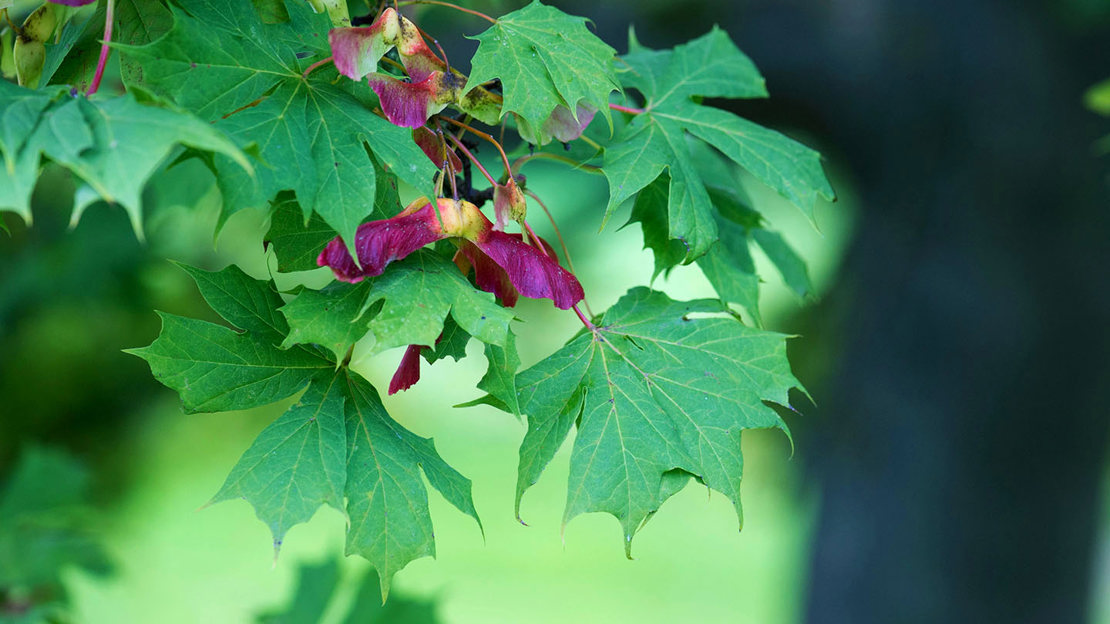
Why are helicopter seeds important?
Carried on the wind by their papery wings, the seeds can travel further than if they fell straight to the ground. This means new seeds have more space and a better chance of growing into a new tree.
They are also a valuable food source for wildlife, including small mammals and birds like bullfinch.
These seeds are important to science too. In 2011, New Scientist reported that helicopter seeds like ash had inspired an attempt to build a single bladed helicopter! Some model helicopters now fly on a single blade, although they don’t spin through the air like the seeds.
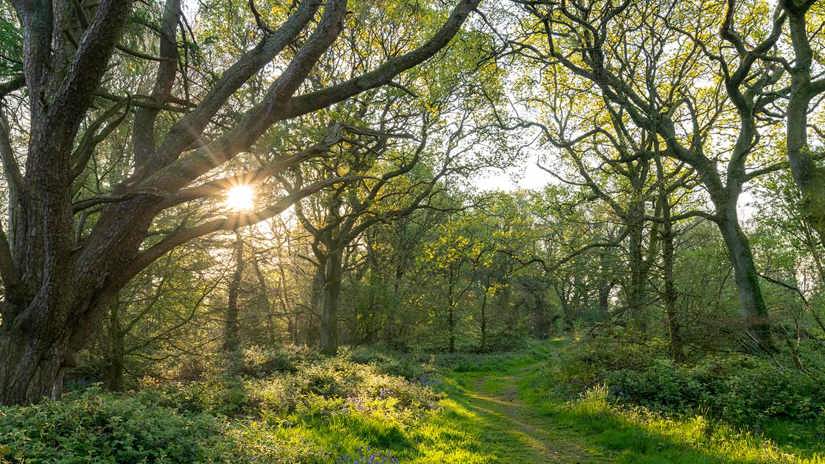
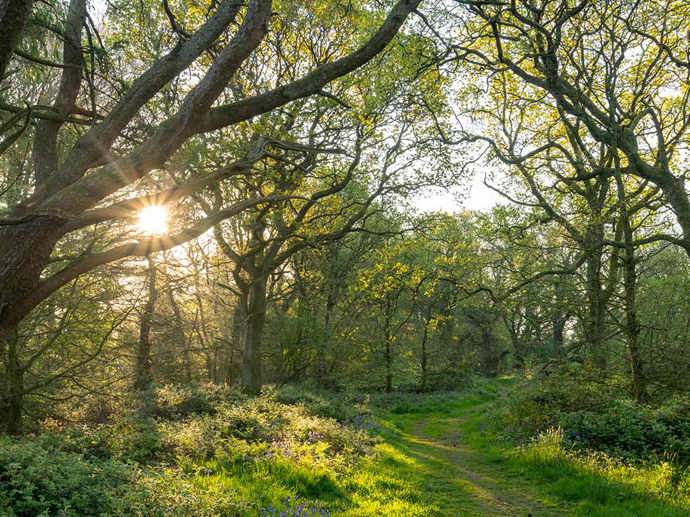
Go exploring
Primordial landscapes, tangled branches, breathtaking wildlife and miles of woodland trails. From the countryside to cities, we care for thousands of woods throughout the UK, all free to visit.


